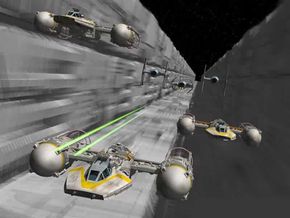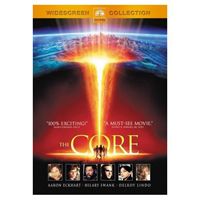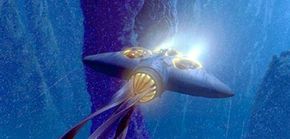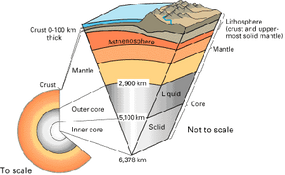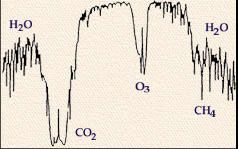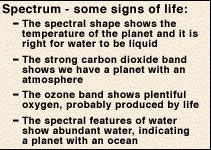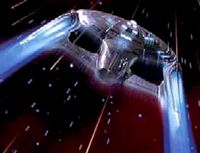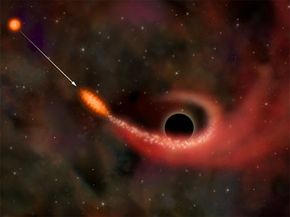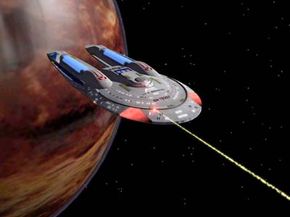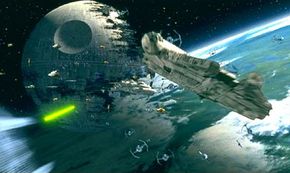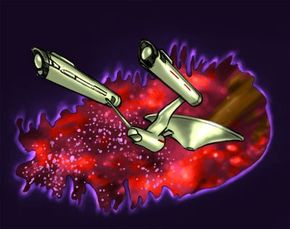Luke Skywalker leads a group of Rebel X-wing fighters in an attack on the Imperial Death Star. As the fighters bank and roll towards the gargantuan spacecraft, you see laser weapons firing from both sides. Luke does some fancy flying, fires his weapons, lands his torpedo in the vent, and, with a loud explosion, the Death Star is no more. This climactic scene from "Star Wars: Episode IV" is typical of many action science fiction movies. It makes for a great movie going experience, but is the science real? Could spacecraft really move like this? Could you see laser blasts? Will we hear the deafening explosions? And should we care about any of these things?
We'll answer the last question first: "Yes, definitely!" Science is essential to any work of science fiction; in fact, it separates science fiction from fantasy or other works of fiction. Furthermore, sci-fi fans are very discriminating. Sometimes, minor errors in the science do not detract from the story and may not be noticeable, except by the discriminating viewer. In other cases, the mistakes in science are so blatant that the story becomes totally unbelievable and the movie falls apart.
Advertisement
In this article, we'll explore some major mistakes and misconceptions in sci-fi movies and TV shows. A few notes before we begin:
- Our list is not comprehensive ? we have chosen several topics, but there are many more.
- You may disagree with our choices. Discussion of sci-fi is always a good thing.
- We love sci-fi movies, TV shows, novels and short stories. Our goal is to inform, not to "pick on" a particular work.
- We realize that the primary goal of moviemakers is to entertain, not necessarily to educate. Sometimes emphasizing the science may not make the scene work.
- We realize that sci-fi movies are constrained by budgets, technical capabilities and matters that are critical to entertainment.
With this in mind, let's look at how science fiction doesn't work.
Advertisement
